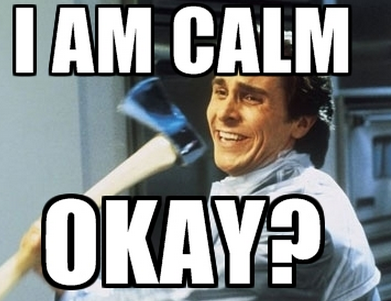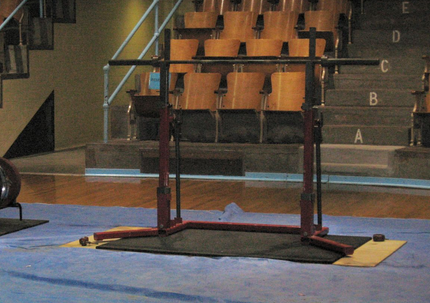Becoming a Master
Right so you want to squat like a boss, deadlift like yoda and bench press better than anyone else, you want to master these lifts. I do to, and so do my clients, so you are not alone and I am going to share with you how to progress over closer to lifting mastery.

Key to Masterhood
To become a master we must first know what is required, we must find the best and most efficient form for our anatomy. For some this might be ass to grass when squatting or maybe it’s just to parallel, just like you may be better suited for a sumo deadlift rather than conventional. So find out what form works best for your body. I am going to assume you have already addressed any mobility issues, if not, you cannot become a master.
Everyone is different, therefore one persons technique mastery may look starkly different to someone else’s. This is the principle of Individuality, and it springs up all the time when considering exercise and nutrition. Now we know this, I can take you through some steps to becoming a master mover.
Step 1 – Grease the groove
First things first, you need to get in some work. We all know the common saying ‘practice makes perfect’ and well it is completely true. And this is what I mean by grease the groove, if you want to improve your form at something, you need to practice practice practice. So don’t expect to master the squat by doing it once a month, by increasing the frequency you do the lift the better chance you have at ironing out any inefficiencies.

I like to think about this in terms of travelling down a stream into the ocean, at first there is not much room to manoeuvre, however as you keep going you eventually enter out into the ocean, making getting around easy. Just like any movement, at first it feels wrong, and is uncomfortable, but as you work at it, it gets easier and easier. So you want to become a master? Increase the frequency you perform the lift.
Step 2 – Know how much you can take
Next up we must be recovered if we are going to do any exercise properly. Think of it like a machine, if it is not well oiled and in good nick you wouldn’t expect it to work efficiently. So we must take care of our recovery if we are to master movements.
Therefore, we must know our training level, if you are new to the gym then you will not be able to recover as fast as someone who’s been lifting years. So the less time you have been training the less total volume of work you can get in effectively. You can learn more about this in a previous article I wrote Picking your training volume.

Further to this you must also get your nutrition and other lifestyle factors nailed. Get in sufficient protein to recover with, and carbs to fuel your workouts, but also make sure to get enough sleep. So you want to become a master? Nail your nutrition, get enough sleep and manage your training volume according to your training experience.
Step 3 – Consistency, consistency, consistency
The final step is made pretty clear, be consistent. People who are over achievers are because they get it right over and over again. So make sure if you decide to pursue mastery, do it for a decent stint of time, and keep at it. Don’t expect it to come from random weeks of dedication.
Furthermore, you need to be damn disciplined. You cannot let your form diminish, you need to perform the lift as if your coach is there watching you every-time. So you want to become a master? Do not let your form slack.
I have written about mastery before in my article 4 Steps to Learn Anything, and consistency is damn important.

Great technique allows strength to be expressed effectively. As I said before, not everyones technique will be the same, individual body dimensions, leverages, strengths and weaknesses will dictate what technique is most effective for you.
So now you know how to become a master, go get it and #REVIVESTRONGER











